Snakes represent some of nature’s most misunderstood creatures. These remarkable reptiles play vital ecological roles as both predators and prey, yet they often evoke fear rather than fascination. For wildlife enthusiasts, photographers, hikers, and nature lovers, observing snakes in their natural habitat can provide thrilling and educational experiences—when done responsibly. This article explores the art and science of snake observation, emphasizing techniques that prioritize both human safety and snake welfare. By maintaining appropriate distances and understanding snake behavior, we can enjoy meaningful encounters with these fascinating animals while respecting their space and reducing stress on these often sensitive creatures.
Understanding Snake Sensory Perception

Snakes experience their environment very differently than humans do, which directly impacts how we should approach observing them. Most species have poor eyesight and primarily detect movement rather than detailed visual information. Instead of relying on vision, snakes utilize a complex combination of smell, vibration detection, and heat sensing to navigate their surroundings. Many species possess specialized heat-detecting pits (infrared receptors) that allow them to perceive the body heat of nearby animals. Their forked tongues collect scent particles that are analyzed by the Jacobson’s organ in the roof of their mouth. Additionally, snakes can detect ground vibrations through their jawbones, making them highly sensitive to footsteps and sudden movements nearby.
Appropriate Viewing Distances for Different Species
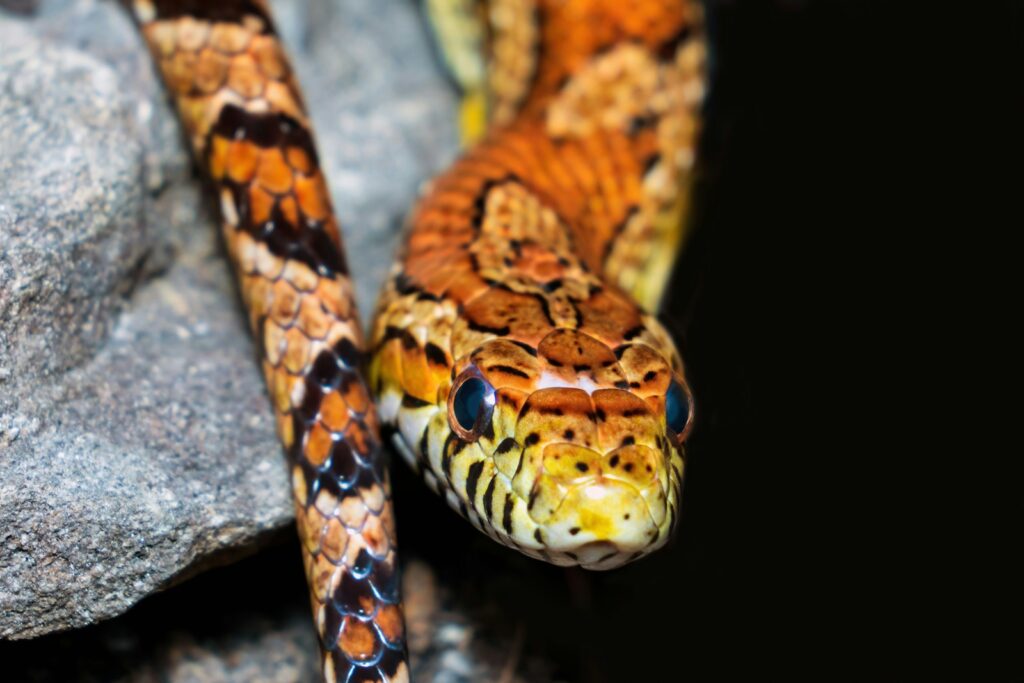
The ideal observation distance varies significantly depending on the snake species, with venomous snakes generally warranting greater caution than non-venomous ones. For large constrictors like pythons and boas, maintaining at least 15-20 feet (4.5-6 meters) provides both safety and minimizes stress to the animal. When observing venomous species such as rattlesnakes, copperheads, or cobras, experts recommend distances of at least 25-30 feet (7.5-9 meters), as these snakes may feel threatened and adopt defensive postures at closer ranges. Smaller, non-venomous species like garter snakes or ring-necked snakes can sometimes be observed from slightly closer distances of 10-15 feet (3-4.5 meters), but the general rule remains: the more distance, the less stress for both observer and snake.
Essential Observation Equipment

The right equipment enhances both safety and the quality of snake observation experiences. Binoculars with close focusing capability (ideally down to 6-8 feet) are perhaps the most important tool, allowing detailed viewing while maintaining safe distances. A camera with a telephoto lens (200mm or greater) enables photography without approaching too closely. Snake hooks or tongs should only be carried by trained individuals who might need to gently move a venomous snake from a trail for safety reasons. Proper footwear like hiking boots provides ankle protection in snake habitat, while long pants offer an additional barrier against accidental contact. Many serious observers also carry a snake identification guide specific to their region to enhance their understanding of encountered species.
Recognizing Signs of Snake Stress or Agitation
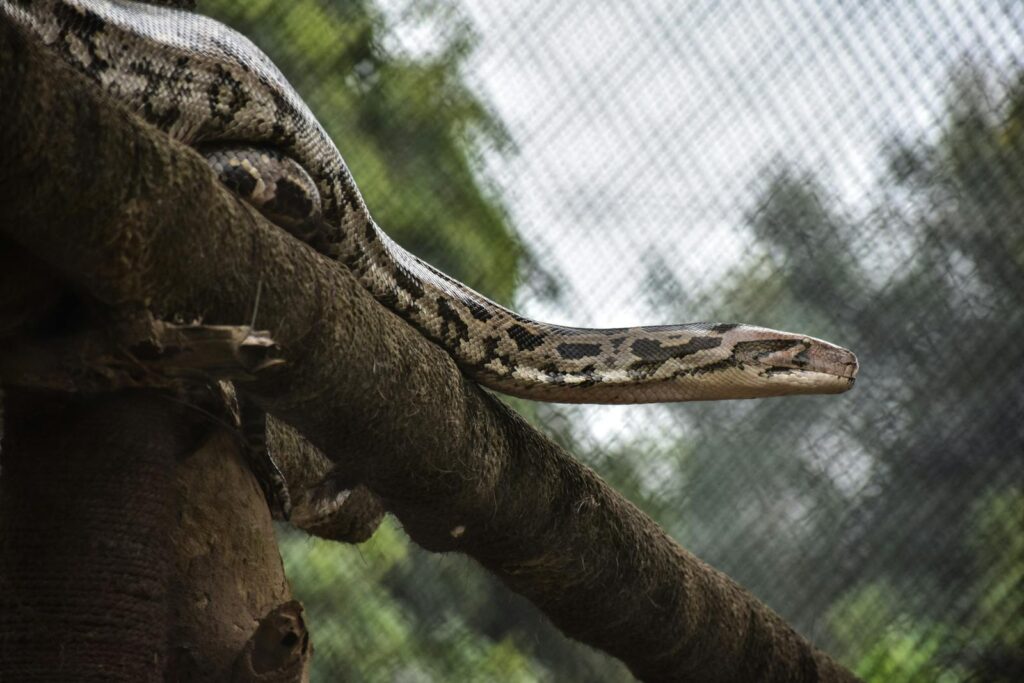
Snakes display distinct behavioral changes when they feel threatened, and recognizing these signs is crucial for responsible observation. A snake that suddenly freezes upon detecting your presence is exhibiting its first line of defense—hoping to remain unnoticed. More obvious stress signals include rapid tongue flicking, hissing, flattening of the head or neck (particularly in cobras and some other species), rattling (in rattlesnakes), or adopting an S-shaped defensive posture in preparation to strike. Some species may also vibrate their tails against leaves or ground debris to mimic a rattlesnake, even without rattles. Body inflation, where the snake expands its ribcage to appear larger, also indicates a stressed animal that feels threatened. When any of these behaviors are observed, it’s essential to slowly increase your distance from the animal.
The Art of Silent Observation
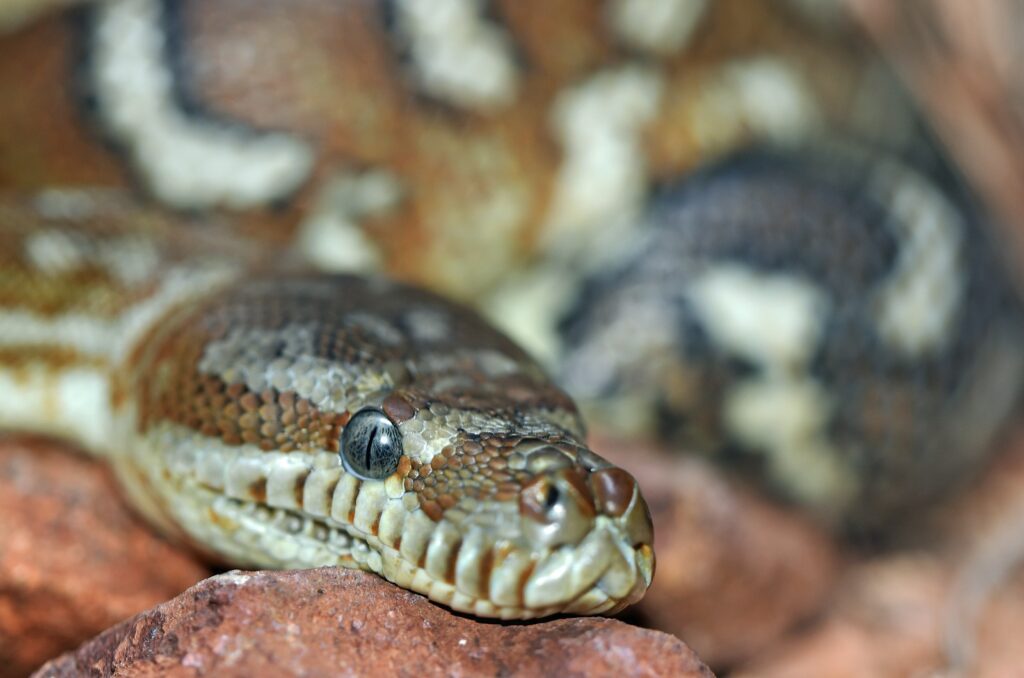
Minimizing noise dramatically improves snake observation experiences while reducing stress on these sensitive animals. Snakes are highly attuned to vibrations, meaning that loud voices, heavy footsteps, or rustling vegetation can alert them to your presence long before you spot them. When moving through snake habitat, step lightly and communicate with observation partners through whispers or hand signals rather than normal conversation. Consider pausing periodically to stand completely still for several minutes, as this allows snakes in the vicinity to resume their natural behaviors if they had initially frozen due to your approach. Even the sounds of camera shutters or equipment being handled can disrupt natural behaviors, so minimize unnecessary movements and operate cameras in their quietest modes when possible.
Optimal Times and Weather Conditions for Snake Activity
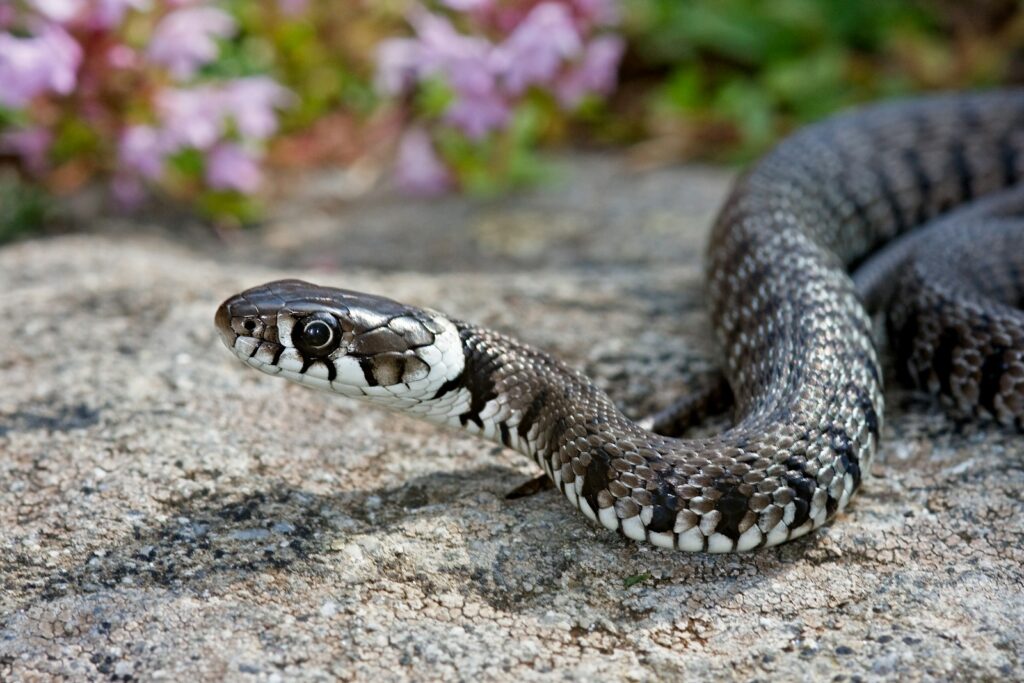
Timing your observation attempts to coincide with natural snake activity patterns significantly increases your chances of successful encounters. In warm climates, snakes are often most active during early morning and evening hours when temperatures are moderate, allowing them to thermoregulate without risking overheating. During cooler seasons, however, midday offers better observation opportunities as snakes emerge to bask in the warmth. Weather conditions strongly influence snake behavior—many species become more active immediately following gentle rains, particularly in arid environments. Cloudy days with moderate temperatures often present ideal observation conditions as snakes may remain active for longer periods rather than retreating to shelter. Seasonal considerations also matter greatly, with spring typically offering excellent viewing opportunities as snakes emerge from winter dormancy.
Selecting Optimal Observation Locations
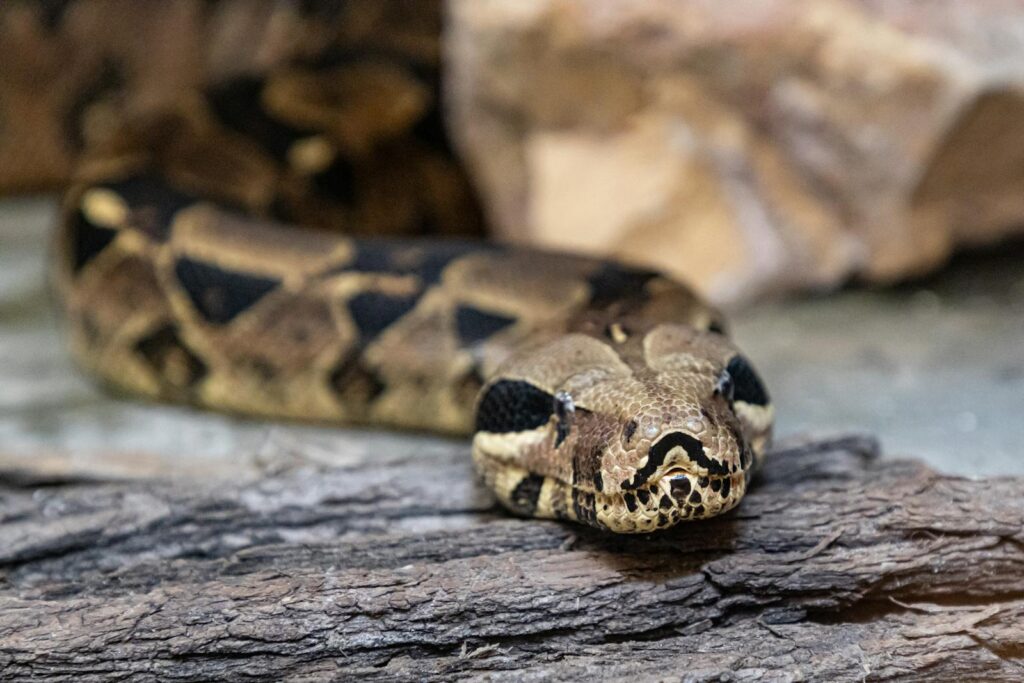
Choosing the right locations dramatically improves chances of responsible snake observation while minimizing risks. Snakes frequently utilize habitat edges—the transitions between different ecosystem types such as forest borders, meadow perimeters, or the boundaries between rocky outcrops and grasslands. These ecotones typically support higher prey densities and offer diverse microhabitats for thermoregulation. Rocky outcroppings with southern exposure provide excellent basking sites where snakes often gather, particularly in cooler months or morning hours. Areas near water sources like streams, ponds, and seasonal wetlands attract water-loving species such as water snakes and cottonmouths. Man-made structures like old stone walls, abandoned foundations, and brush piles also frequently harbor snakes seeking shelter and temperature regulation options.
Proper Body Positioning and Movement Techniques
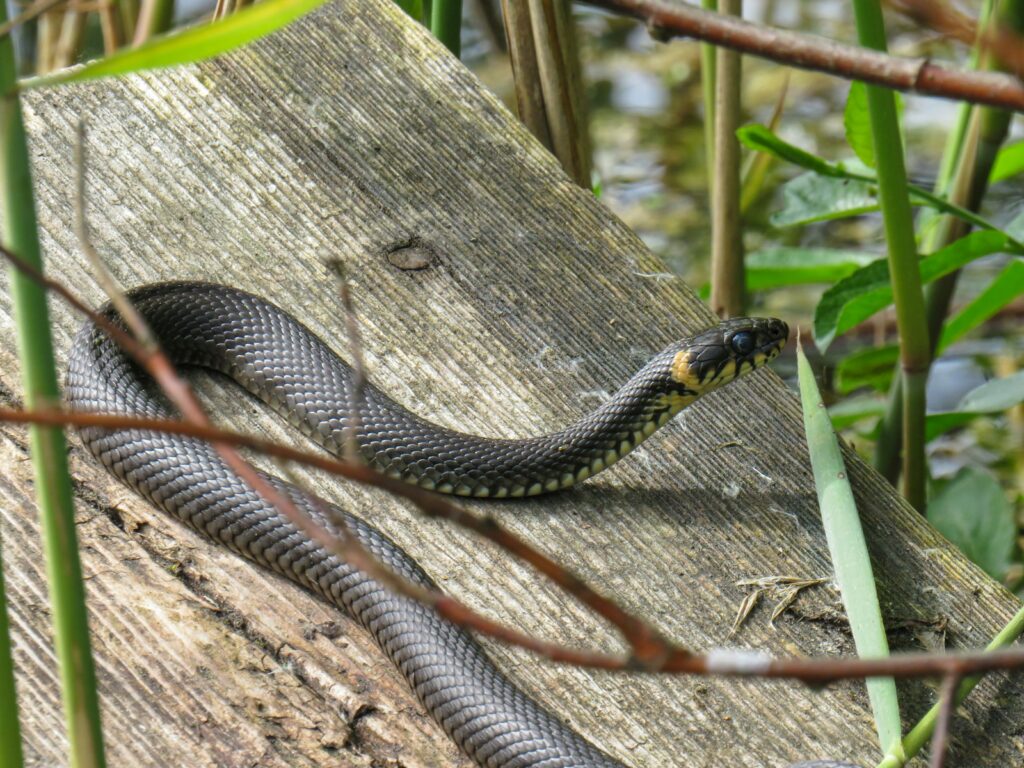
How observers position and move their bodies significantly impacts both snake comfort and observation quality. When spotting a snake, resist the urge to make sudden movements or point dramatically, which can startle the animal into fleeing or defensive behaviors. Instead, slow your pace gradually until you’ve stopped at a respectful distance, then minimize all unnecessary movement. Crouching or kneeling reduces your profile and makes you appear less threatening to the snake, though maintaining sufficient distance remains essential regardless of posture. If you wish to change position for better viewing, move in a wide arc rather than directly toward or away from the snake, as straight-line approaches are more likely to trigger defensive responses. Keep your hands close to your body rather than extended outward, as snakes may perceive outstretched limbs as potential threats.
Ethical Snake Photography Techniques
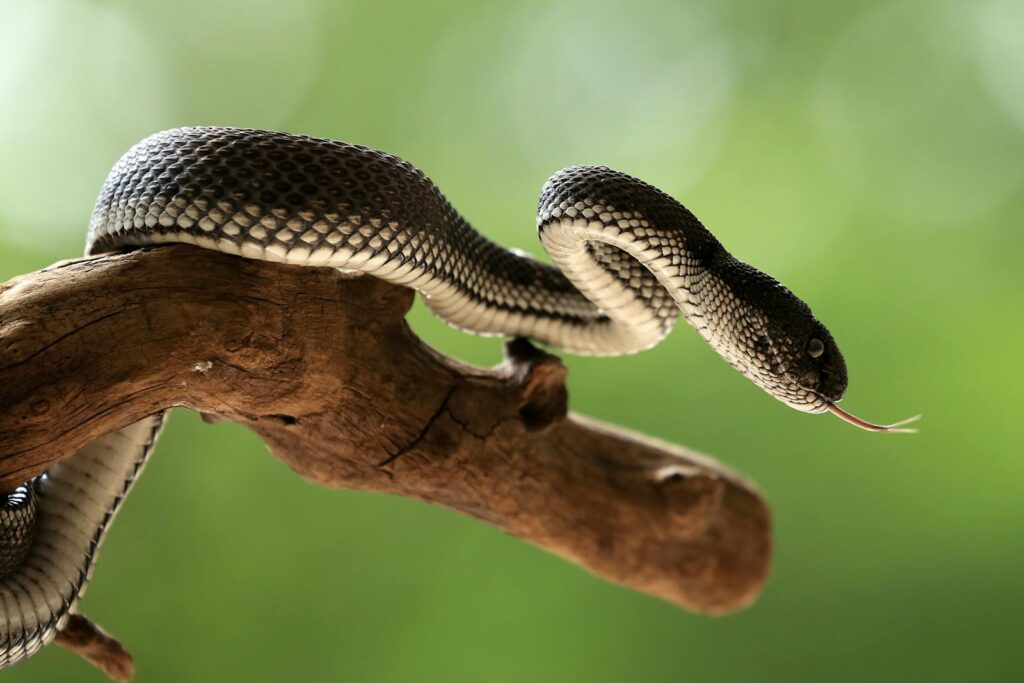
Photography presents special challenges for ethical snake observation, as the desire for better images can sometimes lead to encroaching too closely. The fundamental rule for responsible snake photography is to prioritize the animal’s welfare over getting the “perfect shot.” Use telephoto lenses (200mm or longer) to capture close-up images while maintaining safe distances. Camera flash should generally be avoided, particularly with nocturnal species, as the sudden bright light can cause stress and temporarily impair the snake’s vision. Tripods and monopods help capture sharper images at longer distances and slower shutter speeds, eliminating the need to move closer. Some photographers use remote triggers or camera traps in known snake habitats, allowing completely non-intrusive documentation of natural behaviors without human presence affecting the animals.
Group Etiquette for Snake Observation

Observing snakes in groups requires special consideration to minimize stress on the animals while ensuring everyone’s safety. When traveling with multiple observers, maintain a tight group formation rather than spreading out in a line or circle around the snake, which could make the animal feel surrounded and trapped. Designate one person as the “spotter” who maintains awareness of the snake’s location and behavior, communicating any signs of stress to the group. Establish clear communications protocols before entering snake habitat, using quiet voices or hand signals to alert others to sightings without startling wildlife. Children should always remain closest to adult supervisors, not at the front of the group, and should receive clear instructions about appropriate behavior before the outing begins.
Habitat Preservation During Observation

Responsible snake observation includes minimizing habitat disturbance, which benefits both the observed animals and the broader ecosystem. Stick to established trails whenever possible to reduce soil compaction and vegetation damage in sensitive habitats. Resist the urge to lift rocks, logs, or other natural cover objects to find hidden snakes, as this disrupts microhabitats critical for many species and can destroy delicate fungal networks in the soil. If scientific purposes require examining cover objects, carefully replace them exactly as found, ensuring no small animals are crushed in the process. Never remove native vegetation to improve viewing conditions, as plants provide essential cover that snakes need for thermoregulation and predator avoidance. Pack out all trash and equipment, leaving absolutely no trace of your observation activities.
Snake Observation Apps and Citizen Science
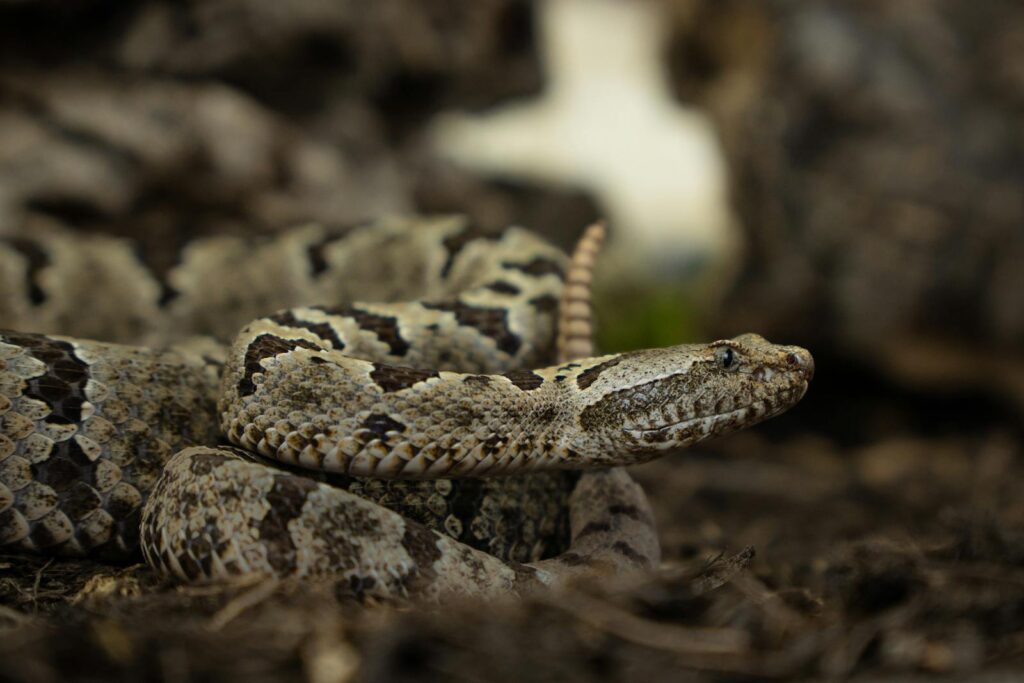
Modern technology enhances snake observation through specialized applications that support both identification and conservation efforts. Apps like iNaturalist, HerpMapper, and Snake ID allow observers to document sightings while contributing valuable data to scientific research on snake distributions and population trends. These platforms typically include features for uploading photographs, recording precise GPS locations, and noting behavioral observations that help build more comprehensive understanding of various species. Some apps provide automated species identification assistance, though these should be used as guides rather than definitive identifications, particularly with venomous species. Many regional conservation organizations have developed specialized reporting systems for priority species of conservation concern, allowing citizen scientists to directly support monitoring efforts through their careful observations.
What to Do If a Snake Approaches You
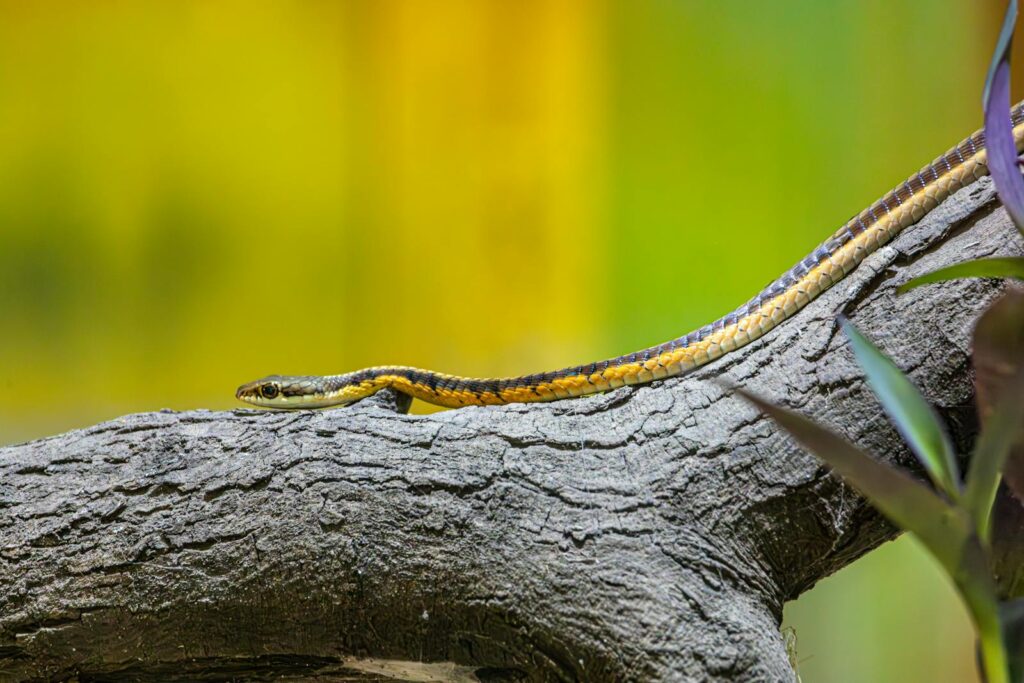
Occasionally, despite careful observation practices, a snake may approach an observer, requiring appropriate response techniques. If this occurs, remain calm and resist the impulse to run or make sudden movements, which could provoke defensive behavior if the snake feels threatened. Instead, slowly and deliberately step away to increase the distance between yourself and the animal, watching your footing to avoid stepping on other wildlife. Most snake approaches are cases of the animal attempting to reach habitat behind the observer rather than actual pursuit. If a venomous snake approaches unusually closely, gently tapping the ground with a long stick (not directed at the snake) often creates ground vibrations that encourage the animal to change direction without feeling directly threatened. Remember that snakes have no interest in humans as prey and only bite as a last resort when feeling cornered or threatened.
Educating Others About Responsible Snake Observation

Sharing knowledge about ethical snake observation extends conservation impact far beyond personal encounters. When introducing others to snake observation, begin by addressing common misconceptions and fears through accurate information about snake biology, behavior, and ecological importance. Model appropriate observation behaviors consistently, emphasizing that maintaining distance shows respect for wildlife rather than indicating fear. Create opportunities for positive first experiences by visiting nature centers with captive education animals before heading into field conditions. Share photographs and stories that highlight snakes’ beauty and fascinating adaptations rather than sensationalizing perceived dangers. When encountering others observing snakes inappropriately (too closely or disturbing habitat), offer friendly education rather than confrontational criticism, focusing on how better practices benefit both the observers and the animals.
Observing snakes in their natural environments offers windows into the complex lives of these remarkable reptiles while fostering greater appreciation for their ecological roles. By approaching snake observation with knowledge, appropriate equipment, and respect for both the animals and their habitats, we create meaningful connections with wildlife while ensuring our activities cause minimal disruption. Remember that each snake encounter is a privilege—an opportunity to witness animals that have survived on Earth for millions of years going about their ancient behaviors. Through responsible observation practices, we not only protect individual snakes from unnecessary stress but also contribute to broader wildlife conservation by modeling ethical wildlife engagement for others. The most meaningful snake observations often come not from getting closest, but from the patience and respect that allows us to glimpse these secretive animals living their lives undisturbed.





